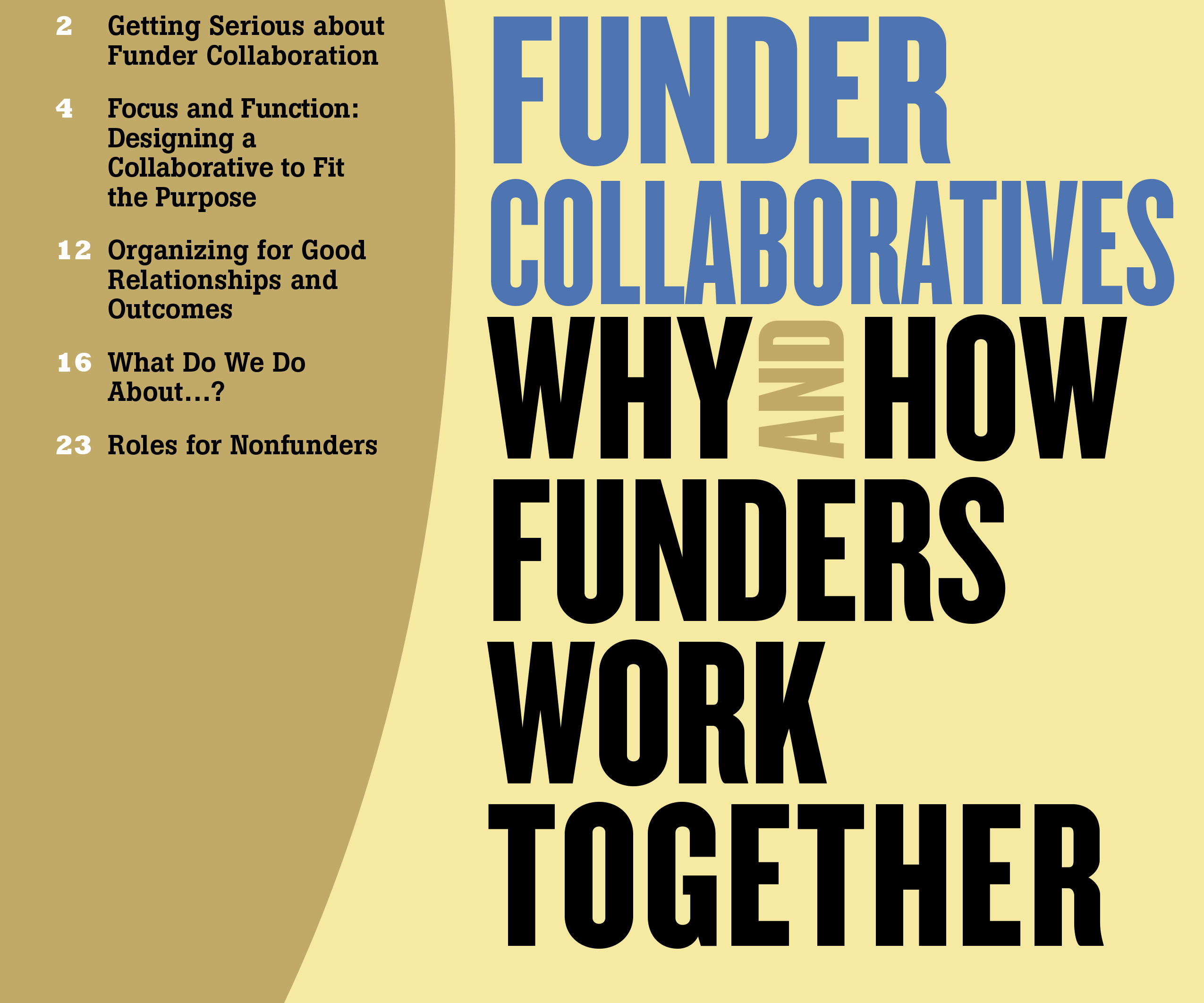Transcending Boundaries Central City Collaborative
The Central City Collaborative emerged from the wreckage of Hurricane Katrina — and the concern of many about how New Orleans would ever recover. The director of a major corporation decided to convene a group of donors who wanted to help and were interested in working together.
They decided to focus on a single neighborhood — Central City — that had been affected by the hurricane but also had “remnants of local leadership who’d stayed there and needed support,” explained Linetta Gilbert of the Ford Foundation. The funders asked themselves how they could understand what the neighborhood wanted to have happen and then help them expedite it. Residents, along with several funders, were happy to weigh in, and ultimately, the group agreed on three projects that, once completed, would send a message to evacuees, legislators, and other investors that New Orleans could and would recover if resident leadership had the right kind of support.
In just three years, the collaborative — which now comprises local, national, regional, state, and local public and private funders, as well as residents — has made significant progress toward completing the projects. Along the way, members have grappled with the challenges of collaboration among a diverse group of stakeholders with different perspectives, ideas, and approaches. When these challenges arose, Gilbert said, the group took the time to acknowledge and address them, primarily by convening all participants and having open, honest conversations, frequently with the help of a facilitator. These conversations reminded participants of their commitment to the overarching goals, as well as the progress they’d made. They would leave reenergized and committed to “telling everybody who’s not involved to get more involved in this.”
The collaborative was not structured as a pooled fund, but rather “as a strategic planning effort focused on driving investments toward the community, using the three residentled projects as evidence of the value of those investments,” said Gilbert. Many of the initial members already had investments in Central City; the group decided to look immediately for additional donors by inviting them to come to meetings, tour the neighborhood, and talk to residents and local nonprofits. The group also reached out to city government as potential and important investors. Residents were crucial to this outreach, which has since led to regular meetings between city planners and officials and residents to negotiate rebuilding plans for the neighborhood — “something that was almost unheard of in New Orleans and, probably, in most communities,” Gilbert noted.
“Once we saw that we had some local funders as leaders, and that community-based organizations and resident leadership were all on the same page, we knew we could get some things done,” Gilbert reflected. She and other collaborative members have been encouraged to see potential investors listen to residents’ plans and immediately agree to join the effort: “They understand that this collaborative is about strengthening individual foundations’ investment, but from the standpoint of making sure that it is harmonized with the vision of the neighborhood. While money makes the engine run smoother, the engine is local leadership.”


